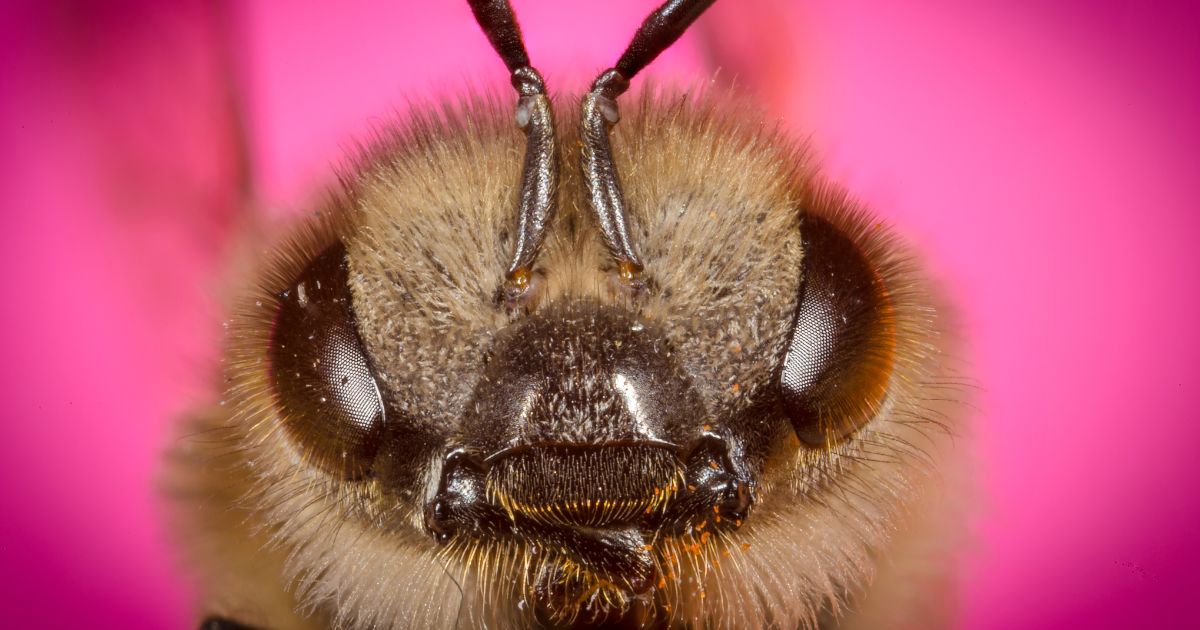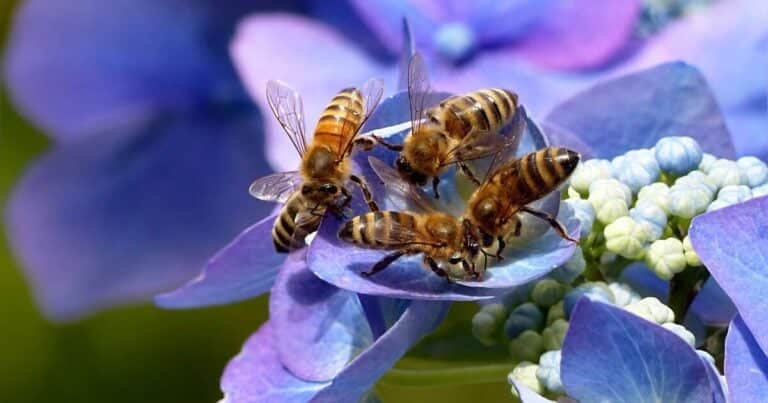Bee Sensitive
We’re all friends here, so let’s not mess around. What IS reality? You must be thinking; geez, Ben is going deep with this one! Has he lost his marbles?

Well, perhaps Ben HAS lost his marbles, but it’s an interesting idea to contemplate!
Many of you will be aware of reality-questioning quotes, such as good old Albert Einstein’s, “Reality is merely an illusion, albeit a very persistent one”.
Or writer and film producer Jane Wagner’s dry, “Reality is the leading cause of stress amongst those in touch with it”.
Beatles’ frontman and peace activist John Lennon famously said, “Reality leaves a lot to the imagination”, and the mysterious Dr Seuss tickled us with, “You know you’re in love when you can’t fall asleep because reality is finally better than your dreams”.
From what we can see here, reality is an elusive and changeable beast. It’s not something set in stone; in fact, two people might lead the ‘same’ life in very different ways and to very different ends.
Reality is up to who we are (our personalities, our motivations, etc.) but also to the WAY we experience the world. If we think about that more logically, our senses play a big part in this: the elimination or change of a single sense alters how we feel things.
This isn’t good or bad – sometimes a weaker sense is counteracted with another, stronger one – but it proves (at least in my mind) that ‘reality’ is not certain, concrete, or fixed.
With this in mind, different animals have different ways of sensing the world. Due to the fact they live in huge colonies, honey bees have to have pretty sophisticated communication abilities that rely on specific senses to be well-developed, with most of a bee’s sensory activity occurring through its antennae.
According to Simon Foden, bees have a strong sense of smell compared to many insects – their olfactory antennae have 170 odour receptors (chemoreceptors), compared to flies, for example, which have 62.
Bees’ strong sense of smell allows them to detect specific pollen-rich flowers and recall the relevance of this smell (i.e. FOOD!). In contrast, they have an unsophisticated sense of taste – although they can detect sweet, sour and bitter, they rely far more strongly on their sense of smell and, therefore, pay little attention to the taste they receive after the fact.
The sensitive hairs on their body pick up vibrations and send these ‘touch’ messages or alarms to the brain, and the antennae can gauge both depth and width as it interacts with an object.
As far as sight is concerned, bees see differently compared to humans, with a lesser colour range; however, I have heard that they can see a colour known as “bee’s purple” which is a mixture of yellow and ultraviolet! Fascinating!


